
cptcatz
-
Posts
877 -
Joined
-
Last visited
Content Type
Profiles
Blogs
Forums
American Weather
Media Demo
Store
Gallery
Posts posted by cptcatz
-
-
-
-
Aaaaaand GFS has thrown in the towel. That was fun while it lasted...
-
 2
2
-
-
-
-
Today's 12z marks 10 GFS runs in a row with a sub-990 mb storm forming and cyclogenesis is now within a week out...
Wouldn't be a good way to start off the season with a GFS bust.
-
GFS/GFES is really locked in on a cyclone forming in the western Caribbean.
-
-
16 hours ago, LansingWeather said:
Which basins? This would be helpful to use here in PR.
It will cover the entire global tropcis. Although I just read into it a bit more and the satellites are planned to be launched on Astra rockets in May and June... Astra has had two successful launches out of eight attempts. Not great odds for this to be ready this season.
-
 1
1
-
-
-
I haven't seen any discussion of this but it could provide some interesting data for this upcoming hurricane season.
The Time-Resolved Observations of Precipitation structure and storm Intensity with a Constellation of Smallsats (TROPICS) mission[4] is a NASA constellation of six small satellites, 3U CubeSat, that will measure temperature and moisture profiles and precipitation in tropical systems with unprecedented temporal frequency. This data will enable scientists to study the dynamic processes that occur in the inner core of the storm resulting in rapid genesis and intensification.[5] William Blackwell of the Massachusetts Institute of Technology's Lincoln Laboratory in Lexington, Massachusetts is the principal investigator.[6][7] The constellation will be delivered to orbit on three launches in April and May 2022.[1]
Mission overview[edit]
TROPICS will perform very frequent measurements, similar to X-rays, that cut through the overall cloud-cover to see the storm's underlying structure. The storm structures known as the eyewall – tall clouds, wind and rain around the eye – and rainbands – the rainy parts of the spiral arms – give us clues about whether a storm is primed to intensify into a category 4 or 5 storm, something everyone in their path needs to know.[8]
TROPICS will consist of six 3U size CubeSats, each about 10 × 10 × 36 cm (3.9 × 3.9 × 14.2 in) and weighing just 5.34 kg (11.8 lb),[9] that use scanning microwave radiometers to measure temperature, humidity, precipitation and cloud properties.[6] The CubeSats will be launched into three separate orbital planes to enable the overall constellation to monitor changes in tropical cyclones as frequently as every 21 minutes.[7] Each CubeSat will host a high-performance radiometer scanning across the satellite track at 30 RPM to provide temperature profiles using seven channels near the 118.75 GHz oxygen absorption line, water vapor profiles using 3 channels near the 183 GHz water vapor absorption line, imagery in a single channel near 90 GHz for precipitation measurements, and a single channel at 206 GHz for cloud ice measurements.[4] The investigation was selected from NASA's third Earth Venture Instrument competition.[7][3]
Goddard Space Flight Center is the NASA Center leading the mission.[10]
-
 4
4
-
 2
2
-
-
Latest ENSO showing we could have a cool-neutral scenario at peak season:
Which equates to a high average ACE:
Eager to see how high the forecasts will be...
-
 1
1
-
-
Looks like the season's a wrap. So much for the La Nina late season action...
-
 1
1
-
-
-
-
-
Euro ensembles are getting on board. Seems pretty likely we'll see another hurricane next week.
-
 1
1
-
-
Three GFS runs in a row now showing a hurricane forming near Purto Rico...
-
 1
1
-
-
-
-
2 hours ago, MJO812 said:
Is it over ?
Seems so
-
 1
1
-
-
3 hours ago, AChilders said:
You forgot Ike in 2008 along with Gustav
I mentioned I'd put 2008 in front of this year.
-
2 hours ago, floridapirate said:
For folks on weather boards, I totally agree. To the other 99.7% of the population, the season has been a dud. Sure, the season has had numerous named storms, but outside of 2-3 storms & Ida, most people couldnt even name one that caused issues.
Interesting to think back how this season would compare to other seasons say in the past 20 years (even though it's not even over yet). In terms of US impacts, obviously 2004, 2005, 2017, and 2020 stand alone. But other than those, 2011 had Irene, 2012 had Sandy, 2016 had Matthew brushing the coast, 2018 had Michael and Florence. 2007 and 2008 destruction was mostly in the Caribbean and Central America. I can't think of any really bad US impacts in 2000-2003, 2006, 2009, 2010, 2013-2015, and 2019. With the mere presence of Ida, in terms of US impacts I'd put this season just behind 2004, 2005, 2017, 2020, and maybe 2008 in the past 21 years. Definitely wouldn't call it a dud.
-
 1
1
-
 1
1
-
-

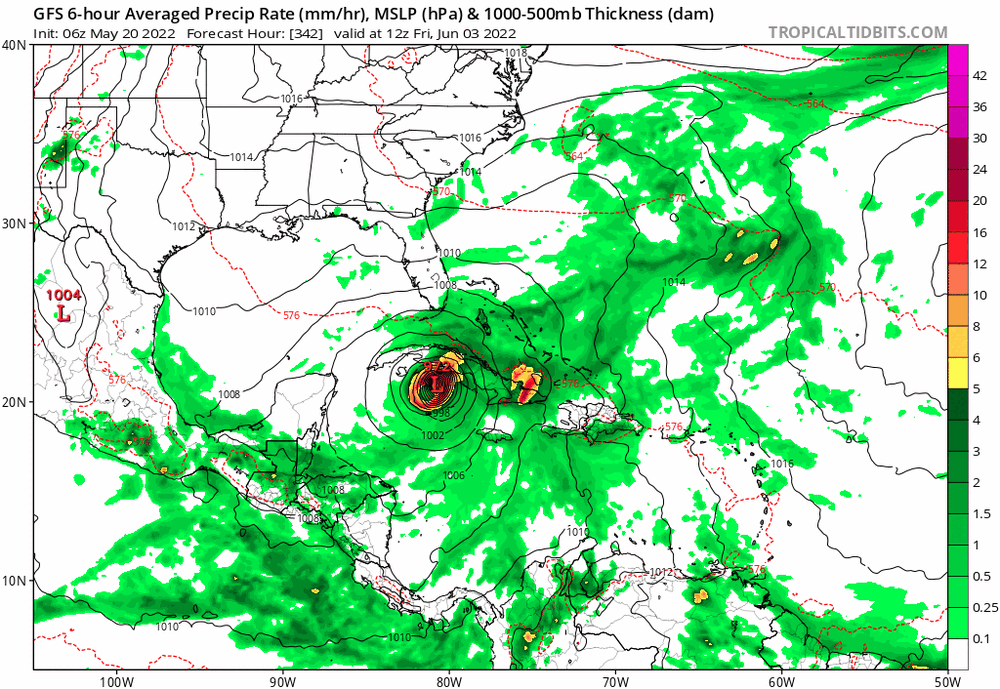
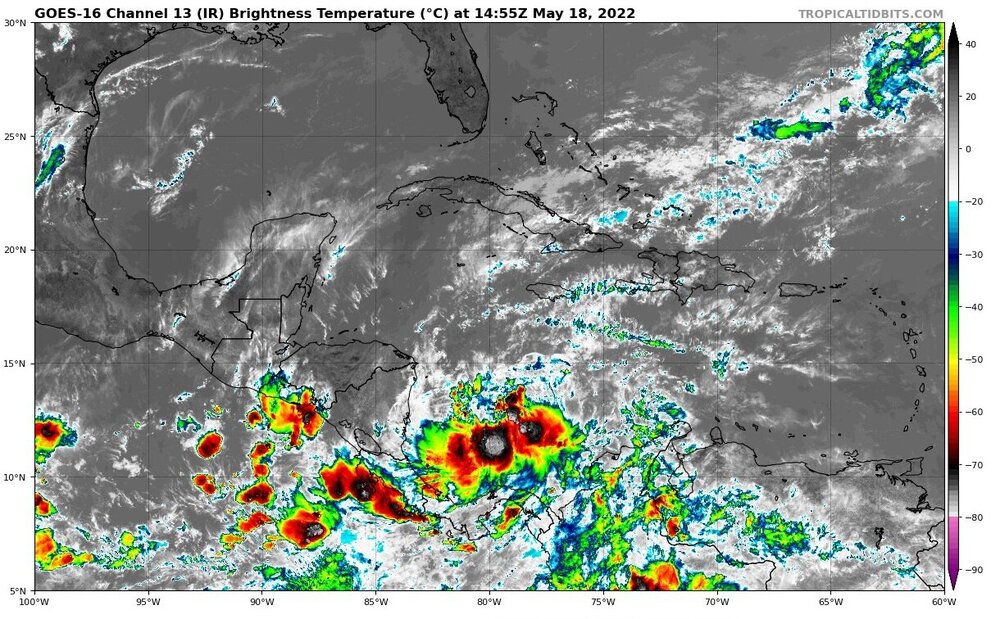
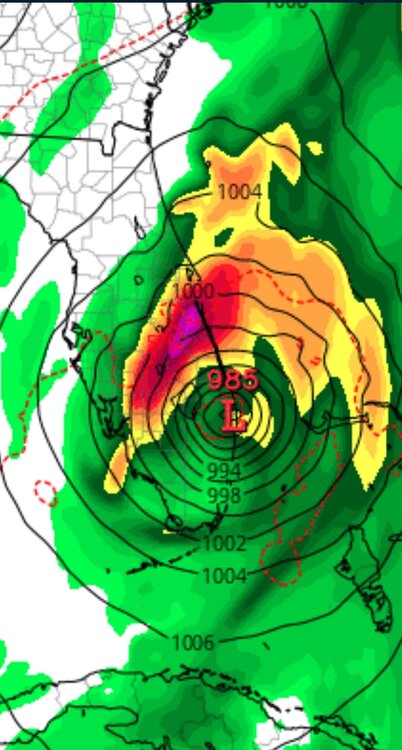


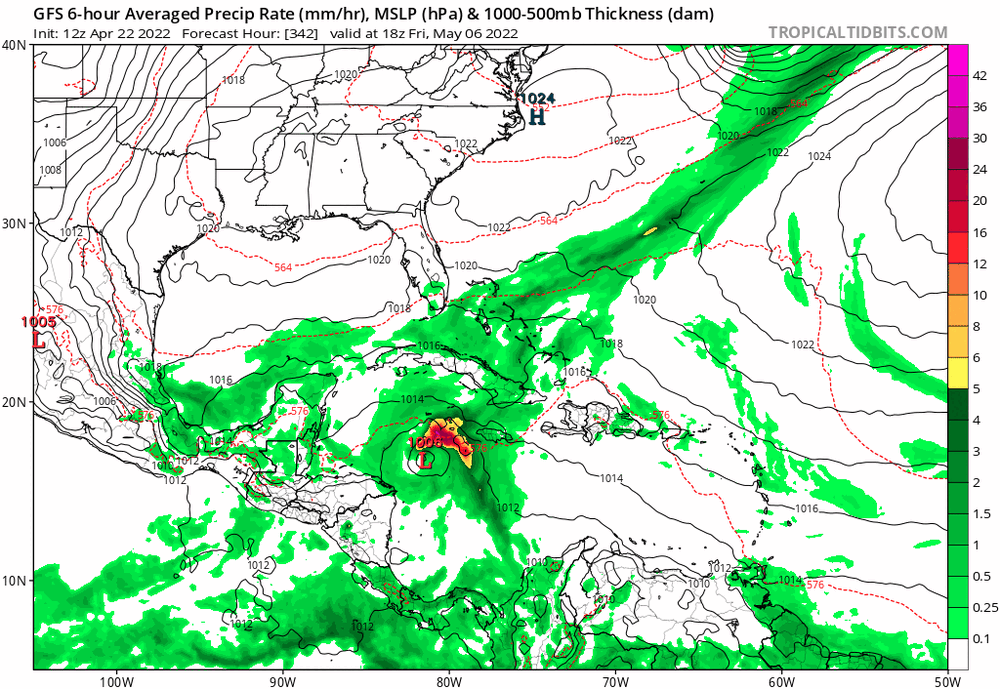
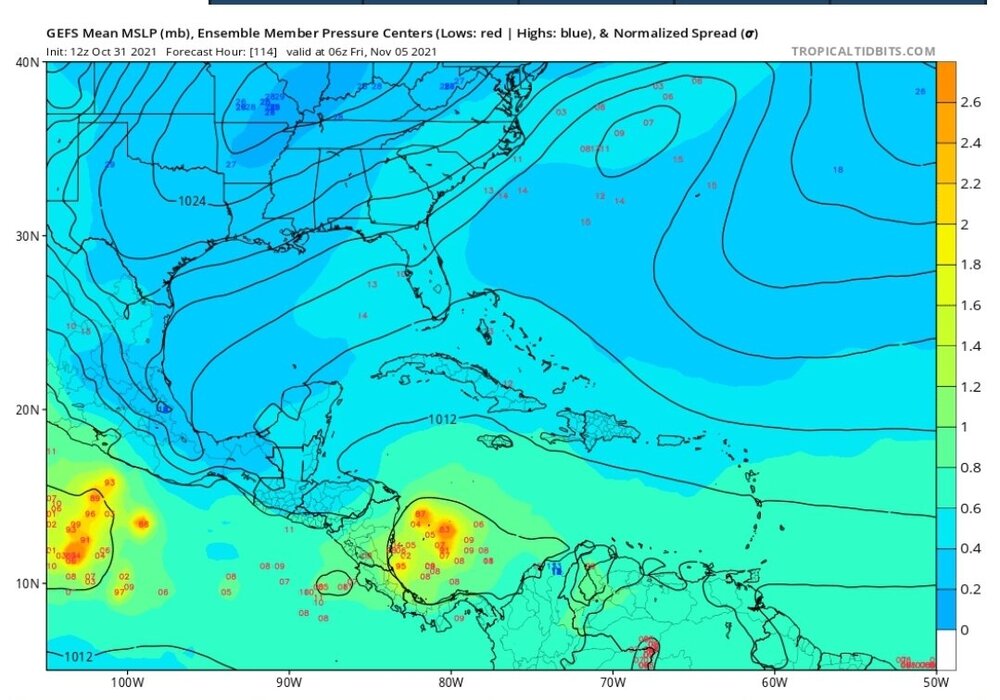
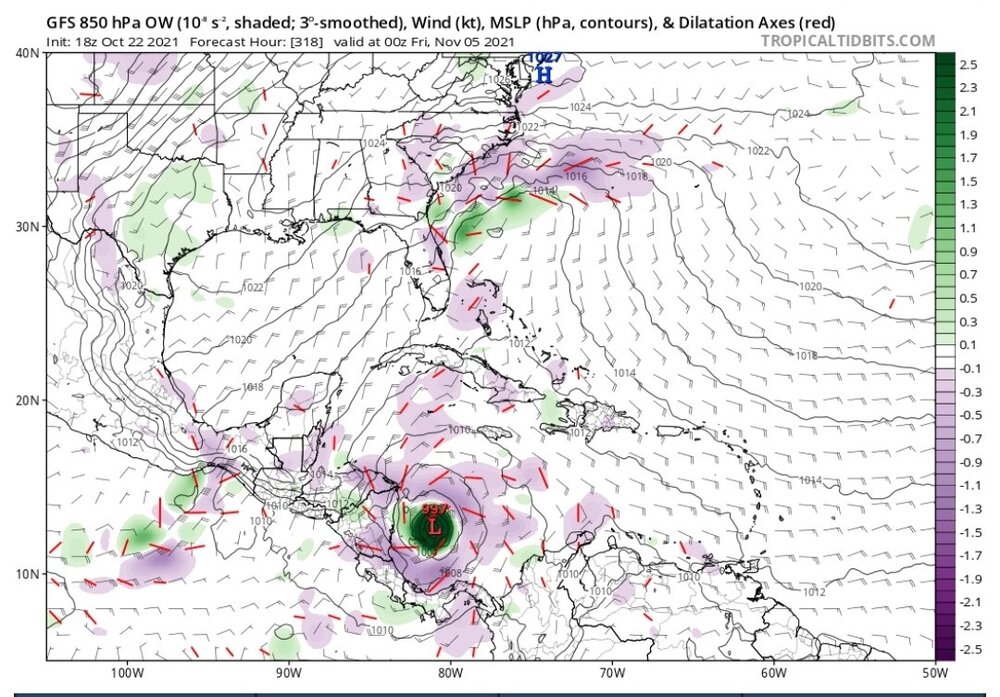
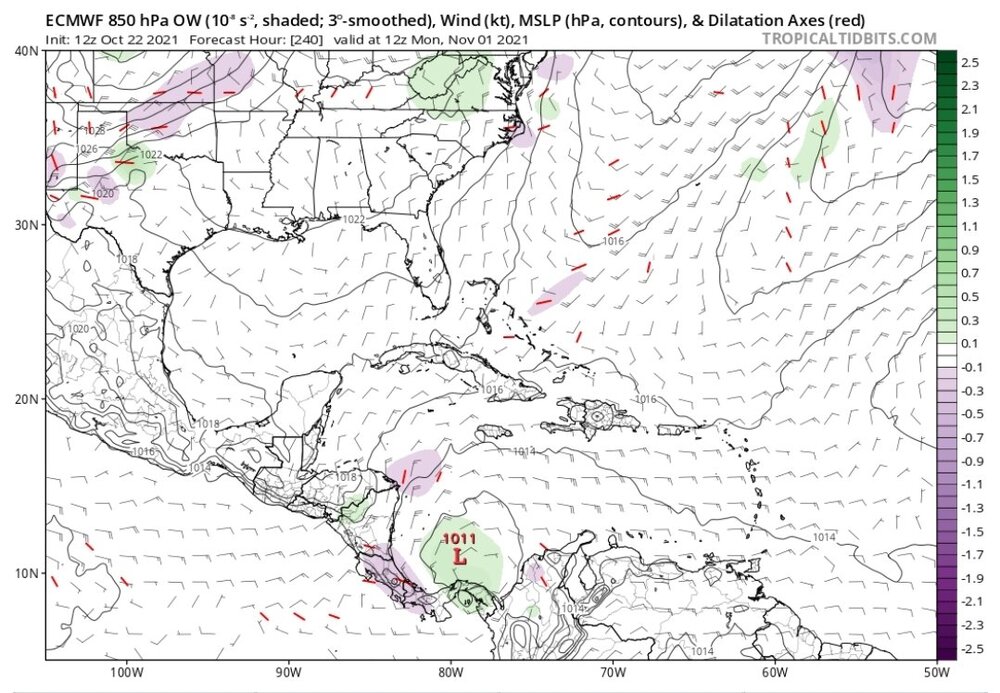
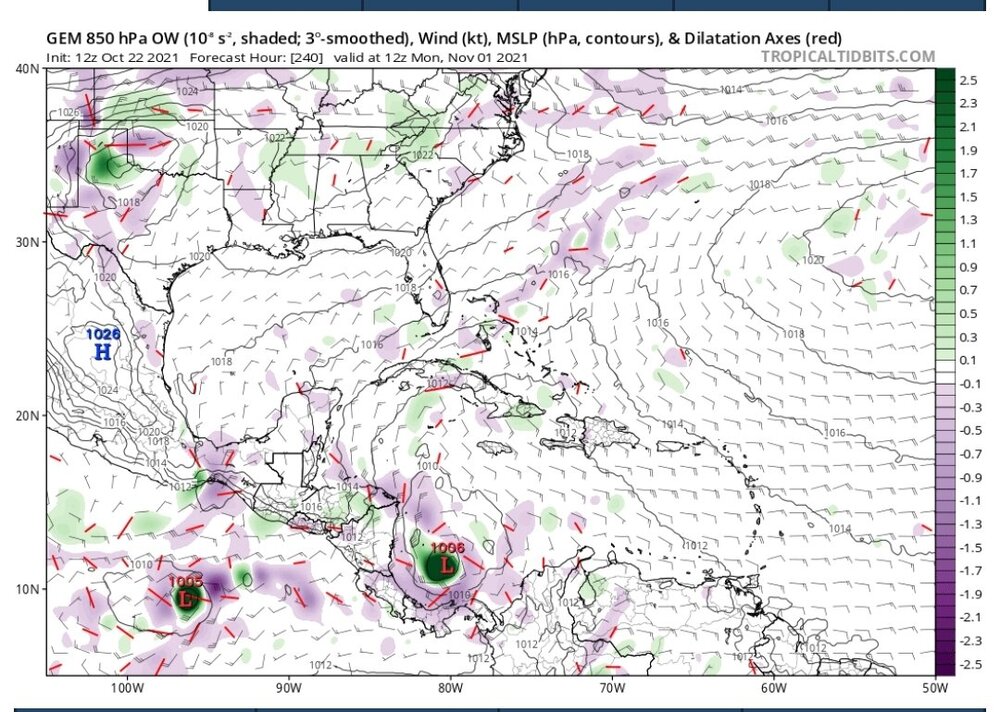
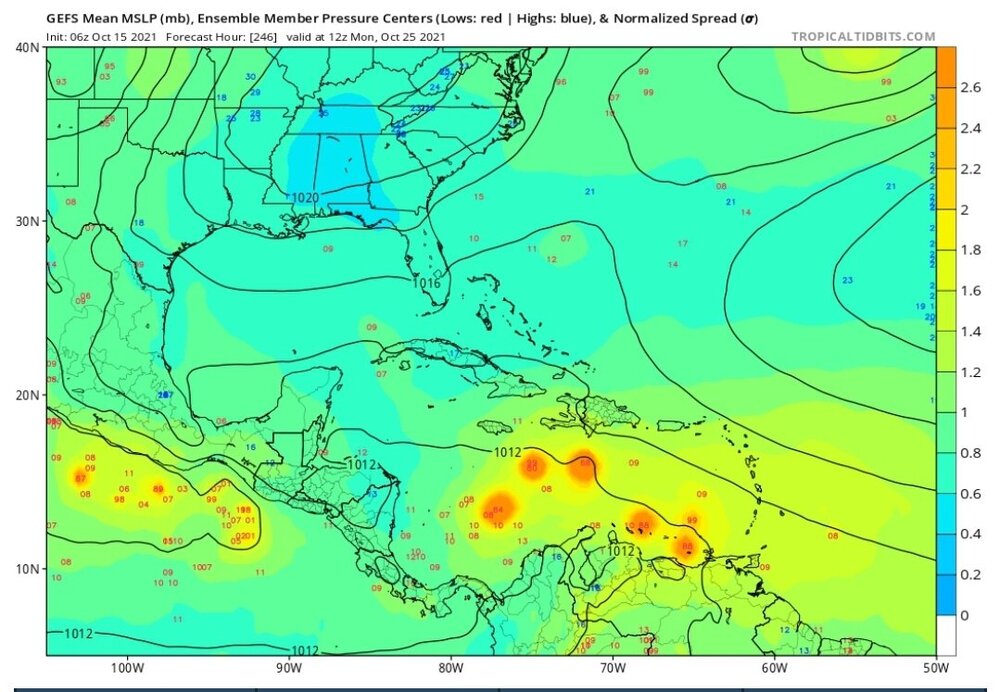
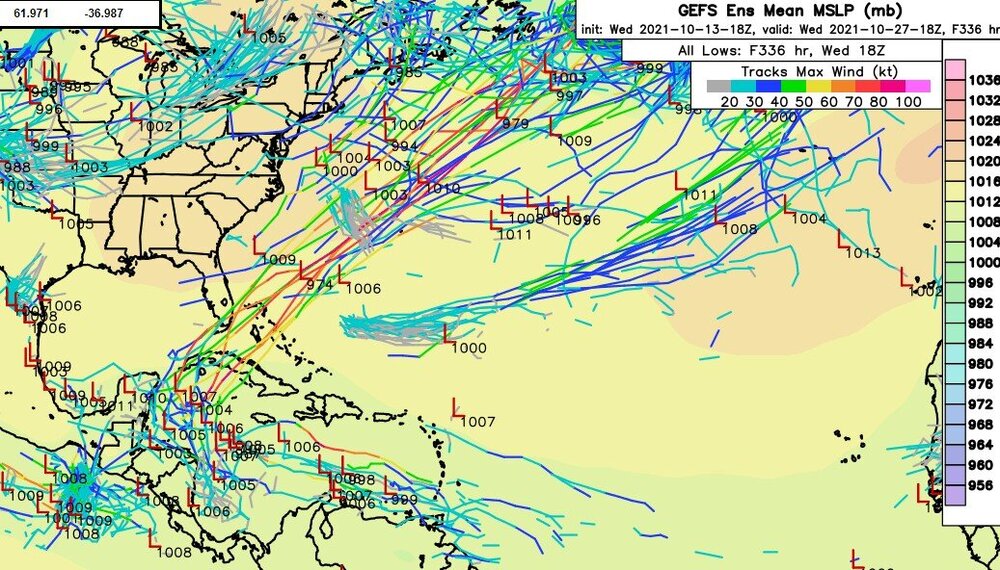
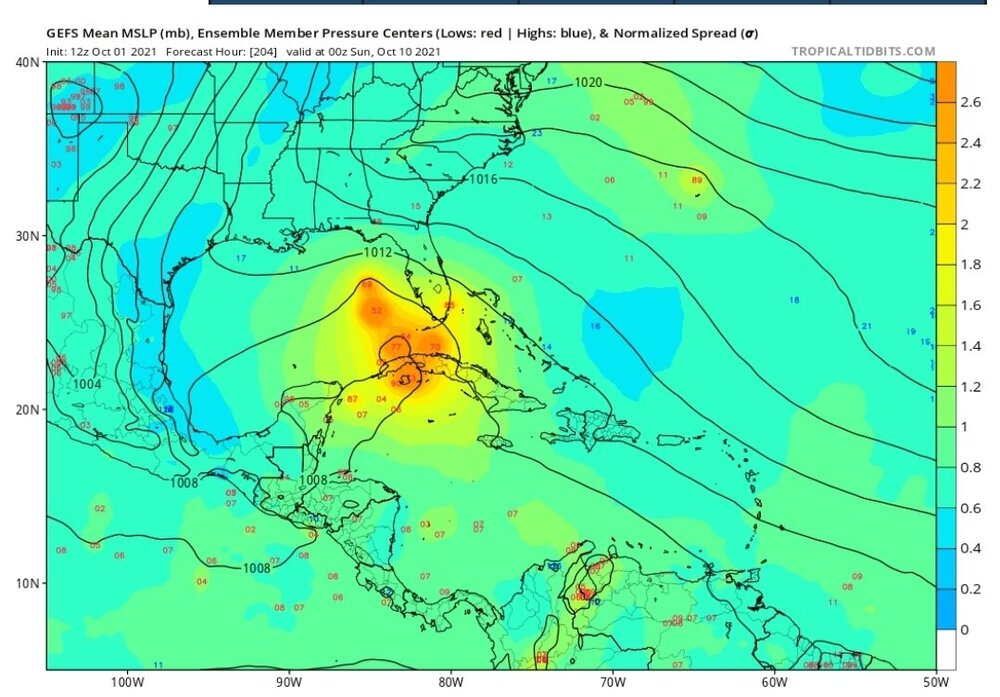
2022 Atlantic Hurricane season
in Tropical Headquarters
Posted
First time this season the bearish Euro has shown a solid TC in the Atlantic. Seems like over the past few years the Euro showing a TC is not something to brush off...